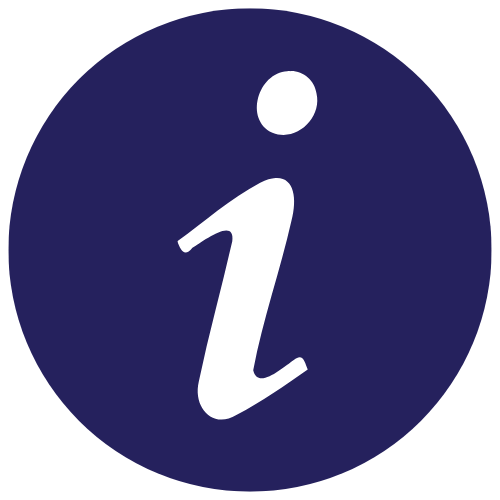Springer Nature
This agreement enables corresponding authors affiliated with Monash Health to publish their work open access in Springer journals at no cost.
To benefit from this offer, simply select your Monash Health affiliation and provide your Monash Health email address when submitting a manuscript to a Springer journal.
For a complete list of eligible Springer journals and additional details, please see the information below.
Please note that all APCs have been allocated for 2025 for this publisher. New APCs will be available in 2026.
Springer Nature Publishing Info
Ovid/Lippincott Wolters Kluwer
This agreement enables corresponding authors affiliated with Monash Health to publish their work open access in select Ovid/LWW journals at no cost.
To benefit from this offer, simply select your Monash Health affiliation and provide your Monash Health email address when submitting a manuscript to journal.
For a complete list of eligible Ovid/LWW journals, please see the information below.
F1000 Research
This agreement allows Monash Health authors to publish in the open research platform F1000 for a 15% discount on article processing charges. Use your Monash Health email address when you submit and record Monash Health as your affiliation. Learn more below.
 Open Access (OA) applies to a wide range of freely accessible publications. The intention of OA is to allow access to scholarly research material without cost. Another focus to enable free public access to important scholarly works and allow reuse under appropriate licenses.
Open Access (OA) applies to a wide range of freely accessible publications. The intention of OA is to allow access to scholarly research material without cost. Another focus to enable free public access to important scholarly works and allow reuse under appropriate licenses.
Why is publishing OA important?
Publishing models
There are three key publishing models utilised by publishers and researchers for OA:
Recommended resources:
Prabhakar, P.K. (2023). Understanding Open Access Journals and Their Types.
 Open Data refers to research data that is freely available for anyone to access, use, modify, and share without restrictions. It is typically provided under an open license that ensures transparency and accessibility.
Open Data refers to research data that is freely available for anyone to access, use, modify, and share without restrictions. It is typically provided under an open license that ensures transparency and accessibility.
Why is publishing publishing data openly important?
How to share data openly
Publish alongside research
Recommended resources:
Recommended resources:
Washington University. (2019). The case for open data.
 Using a rights retention statement allows authors to easily share their revised manuscripts right after they're published.
Using a rights retention statement allows authors to easily share their revised manuscripts right after they're published.
Why is rights retention important?
How to retain your rights
You should include the statement before or at the point of submission, not after.
 Example
Example
Plan S has created templates for rights retention statements at pre-submission or during submission.
Recommended resources:
Knowledge Rights 101. (2024). Rights retention and secondary publishing rights – Sally Rumsey.

